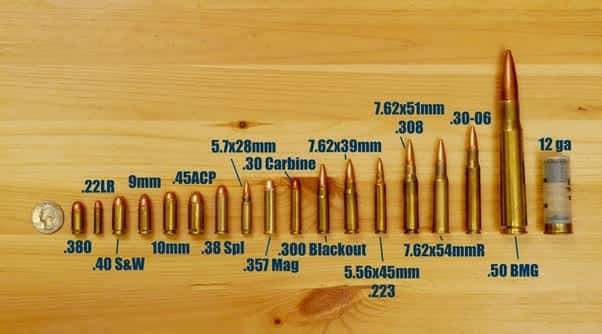What does ballistic mean?

When it comes to armored vehicles and personal protection, you may come across the term “ballistic.” But what does it actually mean? In this blog post, we will demystify the concept of “ballistic” in the context of armoring, explaining its significance and how it enhances security and protection.
Defining “Ballistic”:
When we talk about “ballistic,” we’re referring to the study of projectiles and their behavior. In armoring, “ballistic” materials and features are specifically designed to withstand the impact of bullets, shrapnel, or other projectiles.
Understanding Key Terms:
To grasp the importance of “ballistic” in the armoring industry, let’s break down some related terms:
Ballistic Protection Levels:
Ballistic protection levels categorize the resistance and protective capabilities of armored materials. These levels indicate the ability to withstand different types of projectiles. For example, Level II, Level IIIA, and Level IV are common categories that signify varying levels of protection.
Ballistic Materials:
Ballistic materials are engineered to absorb and disperse the energy from ballistic impacts. These materials include ballistic steel, aramid fibers (like Kevlar), ceramic composites, and laminated glass. Each material has unique properties that help resist penetration and provide protection.
Ballistic Glass:
Ballistic glass, also known as bullet-resistant glass or transparent armor, is a vital component in armored vehicles. It is designed to withstand ballistic threats while maintaining transparency. Multiple layers of glass and polycarbonate are fused together to create a composite material capable of withstanding various projectile impacts.
Significance of Ballistic Protection:
Ballistic protection plays a crucial role in armoring, providing several key benefits:
Protection against Ballistic Threats:
By incorporating ballistic materials and features, armored vehicles create a barrier that resists and mitigates the impact of bullets and projectiles. This protection is vital for individuals and organizations operating in high-risk environments.
Enhanced Security and Peace of Mind:
The inclusion of ballistic protection in armored vehicles instills confidence and peace of mind. It acts as an added layer of security, deterring potential threats and ensuring the safety of occupants, whether they are high-profile individuals or security personnel.
Compliance with Industry Standards:
By adhering to recognized ballistic protection standards, armored vehicles meet specific criteria for performance and protection. Compliance ensures that armored vehicles are built to withstand various levels of ballistic threats and have undergone rigorous testing and evaluation.
Conclusion:
Understanding the concept of “ballistic” in armoring terminology is essential for comprehending the significance it holds in enhancing security and protection. Ballistic materials, protection levels, and features are instrumental in creating a fortified defense against ballistic threats. By incorporating these elements into armored vehicles, Armormax provides superior protection, ensuring the safety and peace of mind of occupants in high-risk situations.